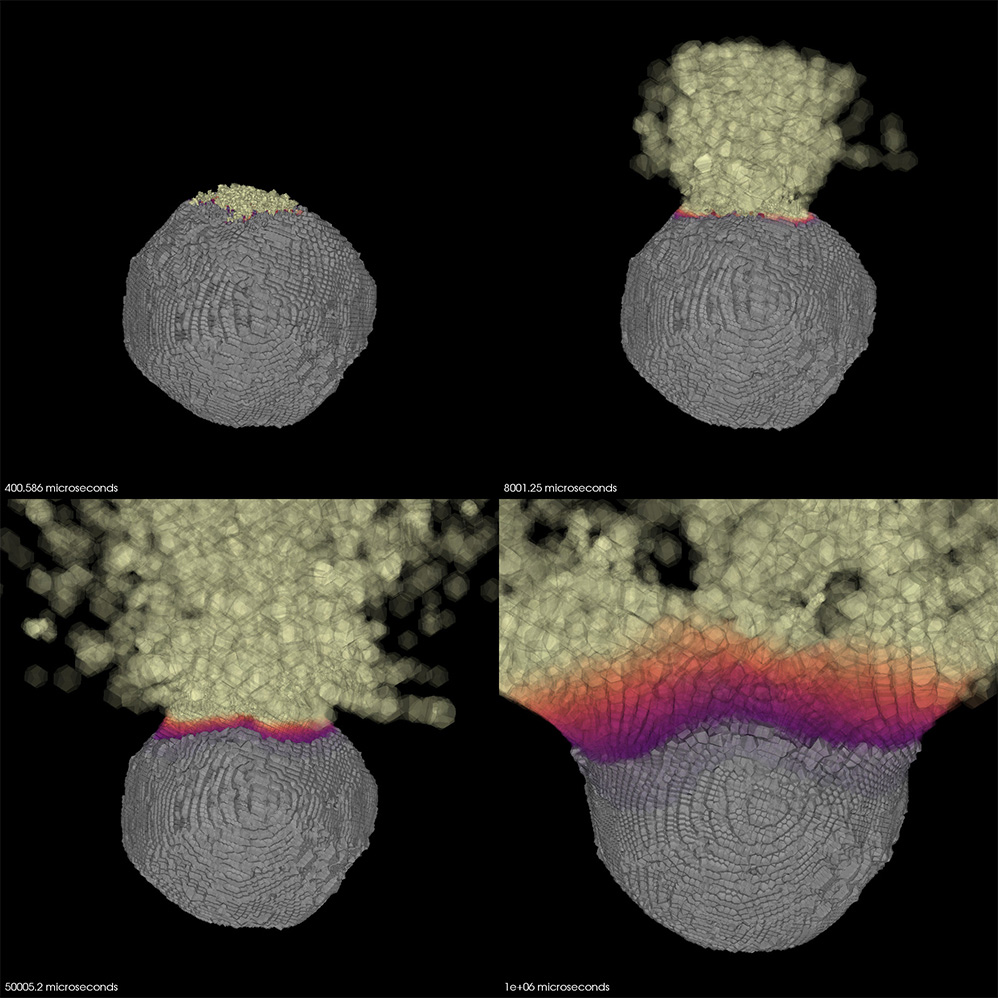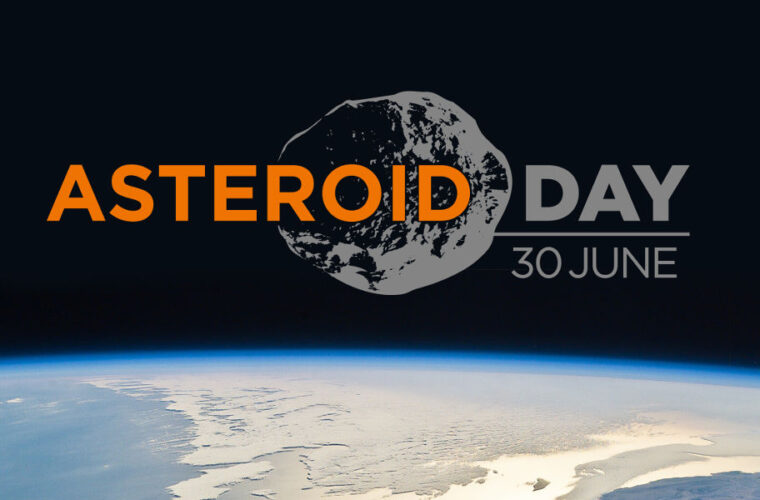Exploring nuclear solutions: deflecting asteroid threats from millions of miles away
A recent study has delved into the intriguing concept of launching a nuclear weapon “millions of miles” into space, proposing it as a potential solution to deflecting catastrophic asteroids hurtling towards Earth. This groundbreaking research, conducted by scientists from the esteemed Lawrence Livermore National Laboratory (LLNL), has unveiled a fascinating modelling tool designed to assess the viability of such a bold strategy. Inspired by NASA’s triumphant 2022 mission, which successfully altered the trajectory of a massive asteroid, LLNL’s physicists embarked on this ambitious endeavour to explore alternative methods for planetary defence.
Published in the prestigious Planetary Science Journal, the newly developed tool offers a glimpse into the realm of possibility beyond kinetic impactors, the space agency’s preferred choice. Spearheaded by LLNL physicist Mary Burkey, the research team envisions a scenario where, given sufficient warning time, a nuclear device could be dispatched on a trajectory spanning millions of miles to intercept an oncoming asteroid.
The distinct advantage of nuclear devices
Burkey emphasizes the distinct advantage of nuclear devices, boasting a higher energy density per unit compared to conventional kinetic impactors. This inherent potency promises a more potent defence against impending celestial threats, as underscored by the LLNL team.
Upon contact with the asteroid, the nuclear device presents two potential outcomes. Burkey elucidates that detonating the device could either deflect the asteroid, gently nudging it away from Earth, or shatter it into smaller, harmless fragments hurtling harmlessly past our planet. This dual approach offers a versatile means of safeguarding Earth from potential cataclysmic events.
“If we have enough warning time, we could potentially launch a nuclear device, sending it millions of miles away to an asteroid that is headed toward Earth,” Burkey said. “We would then detonate the device and either deflect the asteroid, keeping it intact but providing a controlled push away from Earth, or we could disrupt the asteroid, breaking it up into small, fast-moving fragments that would also miss the planet.”

Cutting-edge multi-physics simulations
The LLNL harnesses cutting-edge multi-physics simulations to meticulously scrutinize various parameters, deciphering the likelihood of success for a nuclear deflection mission. This sophisticated modelling illuminates the technical feasibility and aids decision-makers in formulating strategic responses to imminent asteroid threats, as articulated by LLNL’s planetary defence project lead, Megan Bruck Syal.
Despite the inherent risks associated with nuclear interventions, the urgency of mitigating potential asteroid impacts cannot be overstated. Bruck Syal acknowledges the low probability of such events occurring within our lifetime yet underscores the potentially catastrophic consequences should they materialize.
However, caution is warranted, as asteroid expert Dr. Patrick Michel cautioned in a previous dialogue with the New York Post. He highlights the possibility of inadvertently generating hazardous fragments if the energy calculations for asteroid destruction are amiss. This underscores the delicate balance between proactive planetary defence and inadvertent exacerbation of the threat.
In conclusion, while the prospect of deploying nuclear devices into space may seem audacious, it represents a crucial step towards fortifying Earth against celestial hazards, underscoring humanity’s resilience and ingenuity in the face of cosmic challenges. The LLNL’s planetary defence team collaborates with various research organizations such as Johns Hopkins Applied Physics Lab, NASA’s Planetary Defense Coordination Office, NASA’s Goddard and Jet Propulsion Laboratory, NASA Ames, and the U.S. Geological Survey on a range of projects.



